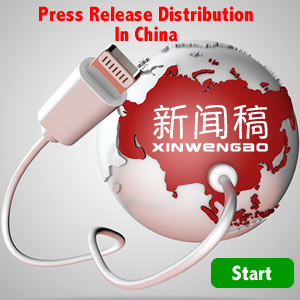AMD (AMD) executives yesterday signed agreements with the Chinese Ministry of Science and Technology (MOST) and Peking University to license AMD x86 microprocessor design technology that will enable Chinese development of low-power and embedded computer solutions for consumer and commercial markets.
AMD also announced the contribution of US$750,000 to support technology deployment for primary education in rural China and opened a new headquarters for AMD Greater China.
The licensing of core x86 AMD Geode processor technology to Peking University via collaboration with MOST will contribute to China's development of low-power and embedded x86 processor technology in the Greater China region. MOST will facilitate discussions between AMD and Chinese companies receiving access to x86 technology licenses. AMD will earn revenue from licensing the AMD Geode processor to commercial entities designated by Peking University and MOST.
Additionally, AMD will have access to intellectual property derived from the licensed technology and options to invest in businesses that emerge from development of AMD Geode processor-based technology in China. The AMD Geode processor technology is one of the highest-performing processors that U.S. Department of Commerce technology export requirements allow without a license.
AMD also formally opened its new Greater China Headquarters in Beijing's Zhongguancun Science Park.
In addition, AMD executives will sign an agreement with the Chinese Ministry of Education to donate CNY6 million during the next three years to extend the deployment of information technology supporting primary education in underdeveloped areas of middle and western China.
This agreement extends AMD's previous support of education in China, which has included donations to schools in rural areas, scholarships and assistantships, and the donation of AMD64 processor-based computers to university teaching labs. It also advances AMD's 50×15 initiative, which aims to empower 50 percent of the world's population with affordable Internet access and computing capability by the year 2015.



